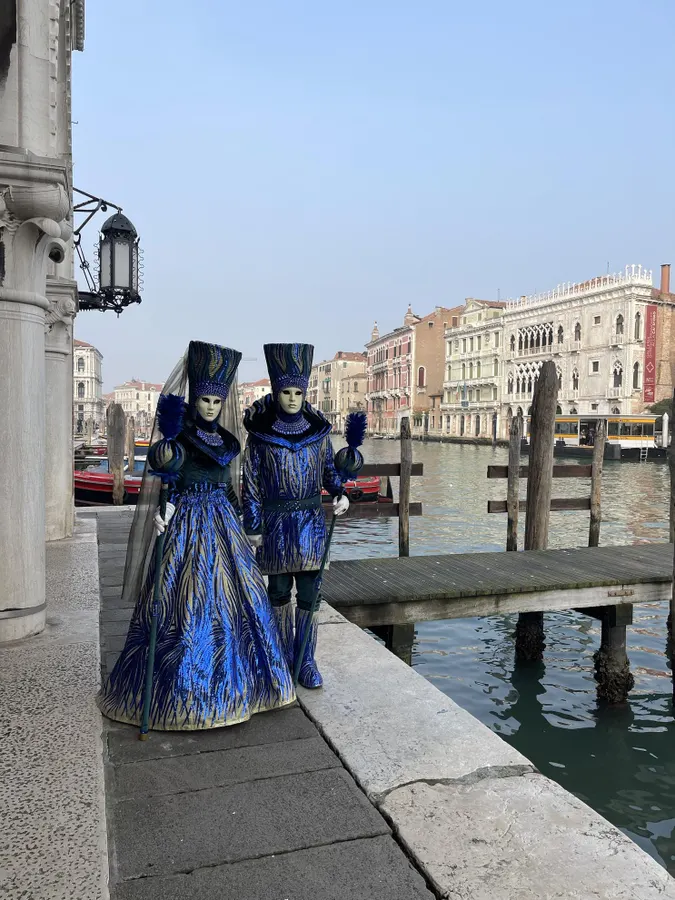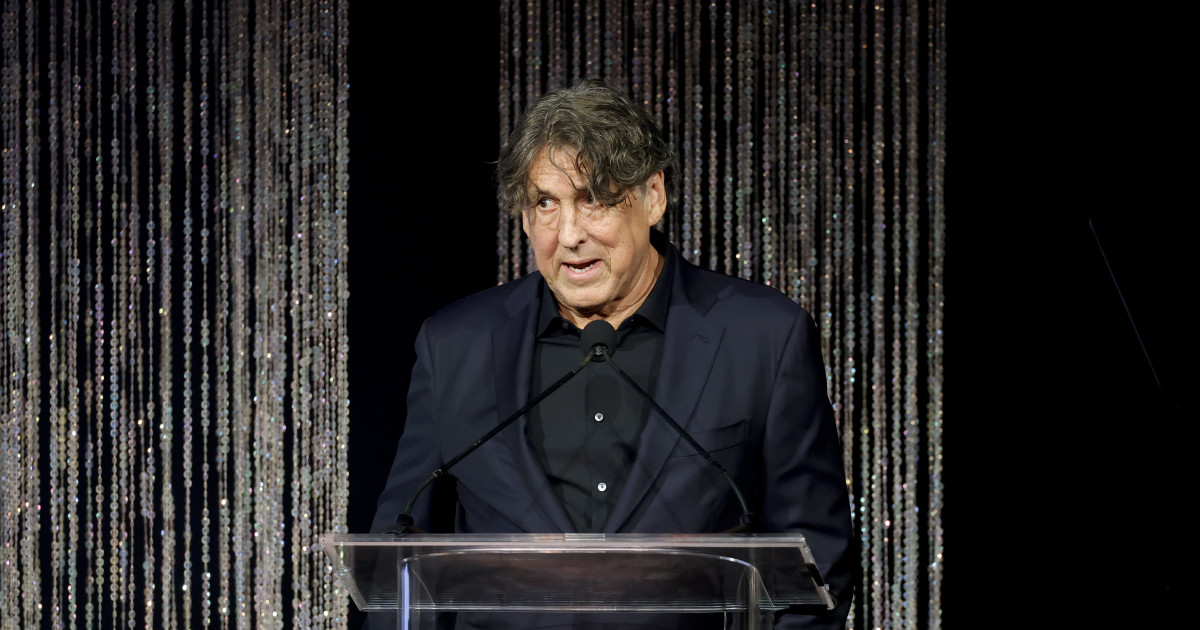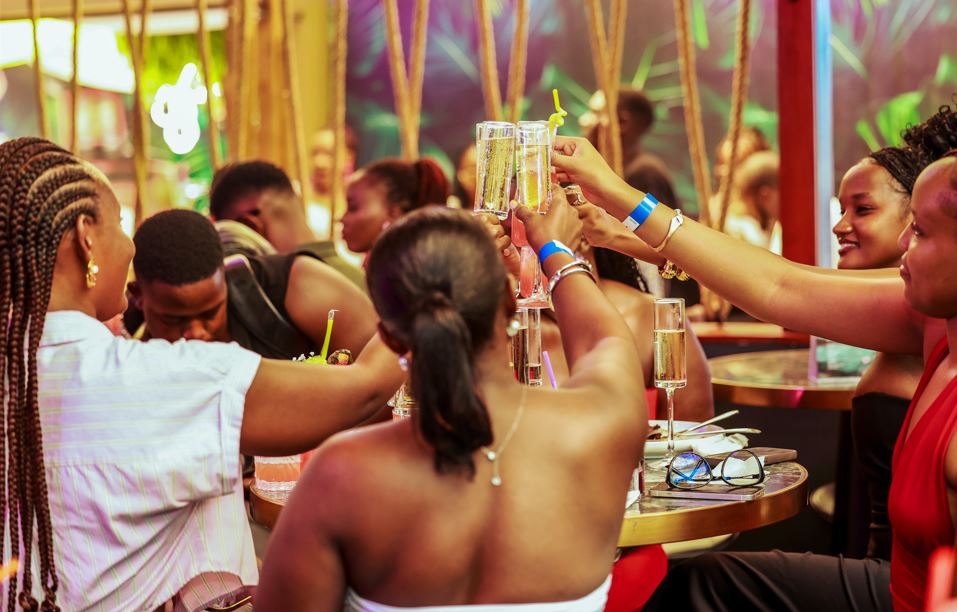Copyright forbes

Il Carnevale di Venezia Margarita Gokun Silver Antonia Sautter’s love affair with the carnival began when she was six. Born and raised in Venice, she lived and breathed Il Carnevale; all year she looked forward to the magic of dressing up and being part of what today she calls “a wonderful, extraordinary obsession.” “My mother was passionate about Venice and about all the traditions of this city,” Antonia Sautter told me in an interview. “She loved carnival. She made me dream about [it]. She [would tell] me, ‘this is your theatre, who would you like to be?’” Like most housewives in postwar Italy, Antonia’s mother was a skilled seamstress who could fashion any costume out of a piece of fabric. But she was also a creative who didn’t only pass her love for the carnival, but also her vision of how it ought to be celebrated, to her daughter. “It was [always] a show—my mother made a costume [but] not only for me. I had to have an entourage and all the other actors and actresses playing with me,” Sautter said. The magic of putting on a show, of stepping into a costume, of pretending to be someone else if only for a few days, has stayed with Sautter who, after spending some time abroad, returned to her native Venice and opened a small atelier. Together with a friend, she was making and selling masks, corsets and hats when one day, 30 years ago, Terry Jones of Monty Python walked into her boutique. Attracted by her colorful creations, he asked for help with a documentary he was making about the Fourth Crusade. She agreed. She now remembers that evening as “the night of my birth, an occasion to give another direction to my life journey.” Il Ballo de Doge 2025 IL BALLO DE DOGE Building a Business of Beauty Working on a project with Terry Jones gave Sautter permission to dream big and that’s how Il Ballo del Doge was born, the most extravagant ball Venice has ever seen. The carnival deserved nothing less and, since its inception three decades ago, Sautter has been involved in every aspect of the production. From costumes to show direction to stage design, the ball is her creation—but she doesn’t work on it alone. For Sautter, celebrating Venice isn’t only about resurrecting the magic of its carnival traditions on a grand scale—it’s also about ensuring those traditions continue to live through Venetian artisans. “The challenge of this city is to project ourselves in the future. We have to attract young people, [to] involve young people,” Sautter told me. “Venice needs this—needs new blood. Because if [we] don't have the next generation, [the city] isn’t going to be alive.” Sautter’s production team consists of over 100 people and most hail from Venice or its suburbs. “Having young people working and having energy taken into the city and helping people who are doing this with passion [is important],” Sautter said. Antonia Sautter at Il Ballo de Doge 2025 IL BALLO DE DOGE Investing in the Next Generation In her atelier, seamstresses who have been with her for years work alongside those just starting out. In her productions, craftsmen and artisans with experience train the next generation. But it’s not easy. Young people have been leaving Venice in droves—housing is expensive, opportunity is scarce and the economy is tourism-dependent. “Tourism monoculture pushes towards the supply of often unskilled jobs [and] stagnating wages,” Matteo Masat, executive director of Confartigianato Venezia Association, wrote to me in an email. “Young people are the most affected—between 1981 and 2022, the number of young people between 15 and 29 in Venice more than halved (from approximately 74,000 to 36,000). This exodus contributes to an aging population and the impoverishment of the social fabric, reducing the capacity for innovation.” (All quotes from Masat were translated from Italian by the author using online tools.) Those who stay are not always interested in learning traditional Venetian craftsmanship. “We have to consider our contemporary culture,” Cristina Gregorin, a guide and the author of Venice Master Artisans, told me. “This is the culture of scrolling videos. People don’t like to sit alone and be focused on things.” Sautter echoed her: “Social media has distracted young people… the only thing [important today] is to be seen in a very superficial way. The minds are formed towards a very superficial way of living [but] art and even craft [are] not superficial.” In Antonia Sautter's atelier Osvaldo Di Pietrantonio Often, young people join her productions looking for glamour and when they learn that long hours and hard work go along with that “glamour,” they leave. “I’m very worried,” Sautter said. “And I’m very sad [for the future of Venice].” The Fight to Preserve Venice’s Craft Another factor that negatively influences the city’s ability to nurture craftsmen is the lack of appropriate space. Venice is full of beautiful old palazzos, but with tourism numbers skyrocketing, many palace owners choose to house hotels instead of artisans. “How can [artisans] afford a shop in Venice? [A shop], at least today, should be very visible. [To] support the artisans the first thing the [city] administration should do is to give them [a location], instead of giving [locations] continuously to hotels,” Gregorin said. Masat agreed. If artisans are “working in the historic center in Venice, [they are not] just commuters, but active residents. Every open workshop is a community outpost. These [craftsmen] keep neighborhoods alive, prevent degradation, foster social cohesion and can offer skilled employment. They are the ones who give us hope [and help] preserve the city's cultural identity,” he wrote in his email. For Sautter, space is an issue too. More than 30 years of making costumes—each one sewn by hand—requires storage and in a city as humid as Venice, those creations can be easily ruined. There’s even a team in Sautter’s atelier fully dedicated to repairing them. Dreaming Beyond the Lagoon The 2025 edition of Il Ballo de Doge IL BALLO DE DOGE But Sautter, like a few other artisans who continue to work in Venice, isn’t giving up. Instead, she continues to dream big. “I want to take Venice on tour,” she told me at the end of the interview. “To bring Il Ballo del Doge—the spirit of Venice, [the] passion—all around the world. To do something extraordinary. To enchant the world.” With her love for the carnival and her drive to keep Venice alive no matter the effort, she might just pull it off. Editorial StandardsReprints & Permissions



